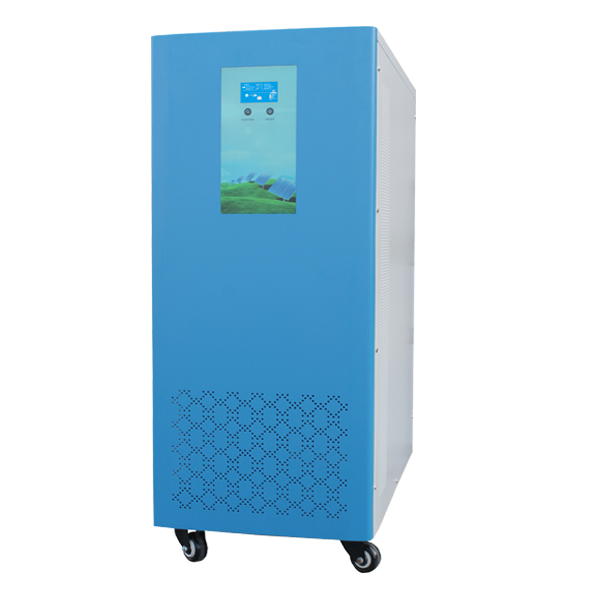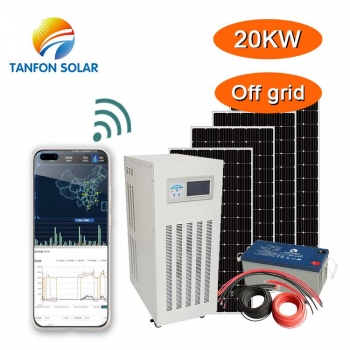

- #Off grid solar system packages with batteries for free#
- #Off grid solar system packages with batteries plus#
- #Off grid solar system packages with batteries series#
This compensation comes from two main sources.

#Off grid solar system packages with batteries for free#
To help support our reporting work, and to continue our ability to provide this content for free to our readers, we receive compensation from the companies that advertise on the Forbes Home site. At high temperature or low irradiance the output voltage of the array will drop dramatically.The Forbes Home editorial team is independent and objective. The performance advantage is substantial (10% to 40%) when the solar cell temperature is low (below 45☌), or very high (above 75☌), or when irradiance is very low. The resultant twin strengths of an MPPT controller a) Maximum Power Point Tracking The MPPT controller will harvest more power from the solar array.
#Off grid solar system packages with batteries series#
Thus, it essentially decouples the array and battery voltages so that there can be, for example, a 12 volt battery on one side of the MPPT charge controller and a large number of cells wired in series to produce 36 volts on the other.
#Off grid solar system packages with batteries plus#
The MPPT controller is more sophisticated (and more expensive): it will adjust its input voltage to harvest the maximum power from the solar array and then transform this power to supply the varying voltage requirement, of the battery plus load. The result is that the voltage of the array will be pulled down to near that of the battery. What they do The PWM controller is in essence a switch that connects a solar array to a battery. Solar PWM Charge Controllers And MPPT’s Which solar charge controller: PWM or MPPT? 1.Battery backup inverters, are special inverters which are designed to draw energy from… They do not provide backup power during utility outages. Grid-tie inverters are designed to shut down automatically upon loss of utility supply, for safety reasons. Grid-tie inverters, which match phase with a utility-supplied sine wave. Normally these do not interface in any way with the utility grid, and as such, are not required to have anti-islanding protection. Many stand-alone inverters also incorporate integral battery chargers to replenish the battery from an AC source, when available. Solar inverters may be classified into three broad types: Stand-alone inverters, used in isolated systems where the inverter draws its DC energy from batteries charged by photovoltaic arrays.

Solar power inverters have special functions adapted for use with photovoltaic arrays, including maximum power point tracking and anti-islanding protection. It is a critical balance of system (BOS)–component in a photovoltaic system, allowing the use of ordinary AC-powered equipment.


 0 kommentar(er)
0 kommentar(er)
